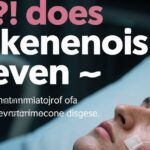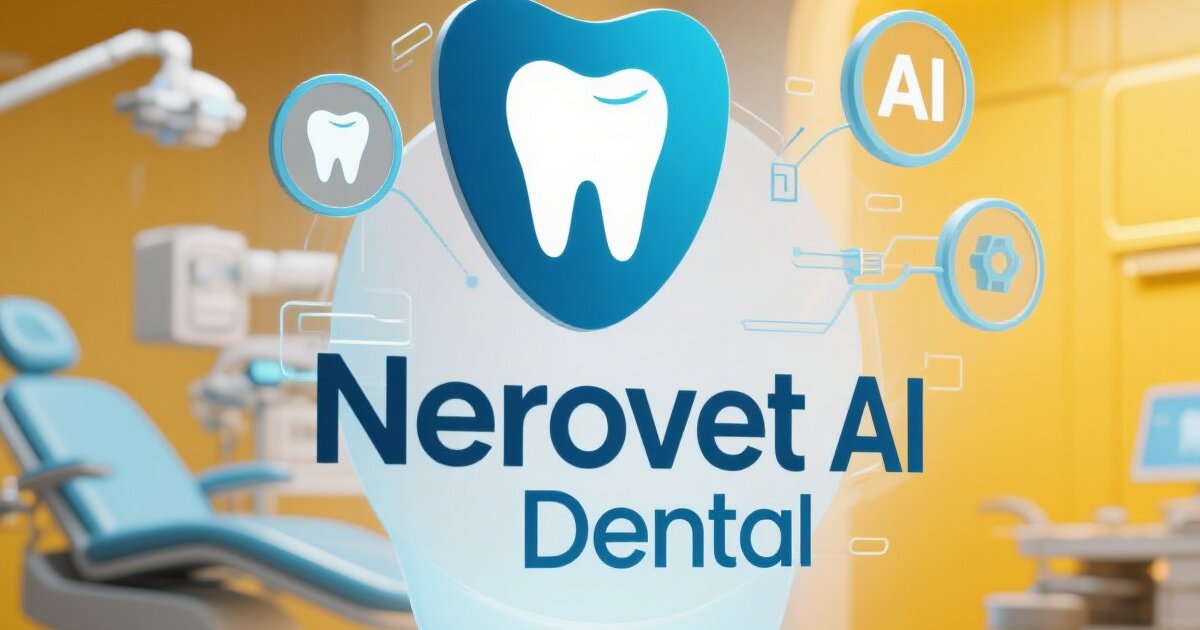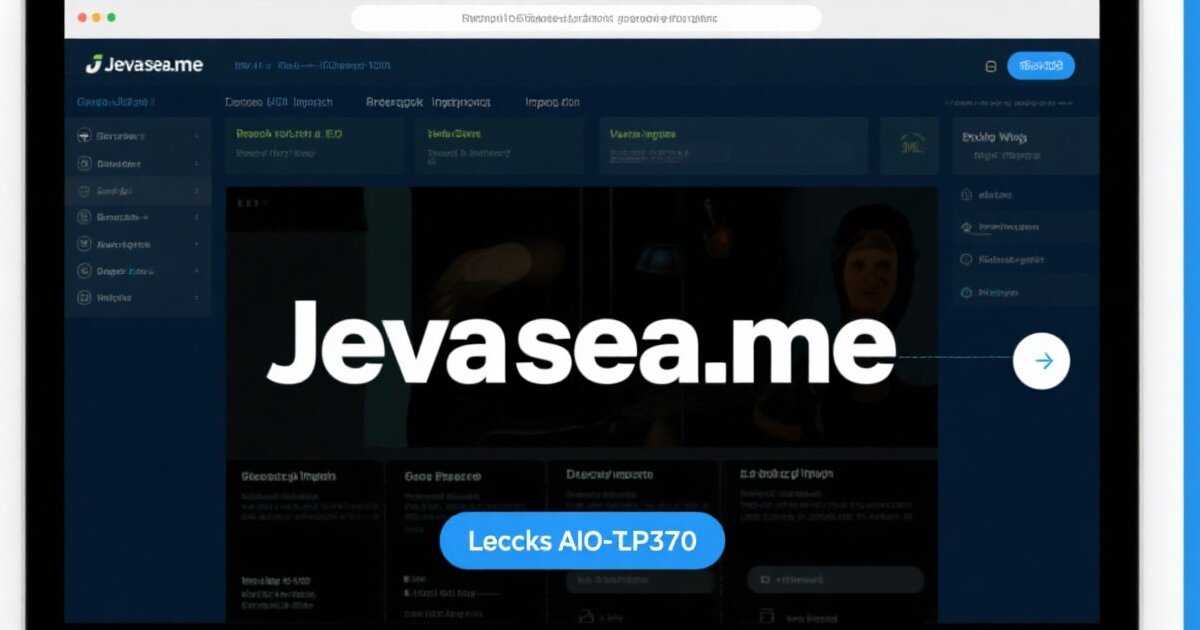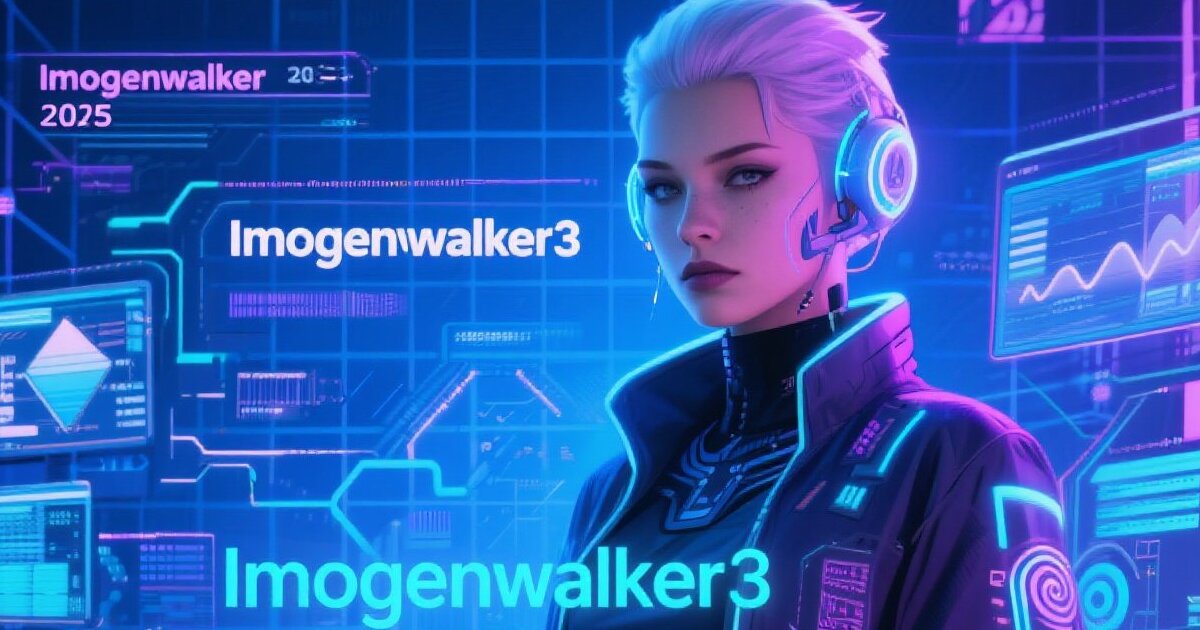I. Introduction: The AI Revolution in Dentistry
The dental industry is undergoing a profound transformation through the integration of artificial intelligence (AI). From diagnostics to treatment planning, AI is redefining how clinics operate and how patients experience oral care. Nerovet AI Dental emerges as a pioneering name in this revolution, representing a leap toward smarter, faster, and more reliable dentistry.
As digital transformation accelerates, traditional methods of reading X-rays and diagnosing oral conditions are being augmented by deep-learning algorithms capable of detecting even the subtlest issues. AI-driven platforms like Nerovet are designed to improve diagnostic accuracy, save valuable clinical time, and strengthen patient trust through transparent and data-driven care. The future of dentistry lies not just in hands-on expertise but also in intelligent systems that can analyze, predict, and personalize care at unprecedented levels.
II. What is Nerovet AI Dental?
Nerovet AI Dental can be described as an emerging AI-powered dental platform that integrates machine learning, predictive analytics, and advanced imaging analysis to enhance oral diagnostics and treatment outcomes.
By leveraging high-quality datasets and clinical imaging, Nerovet AI Dental fits into the expanding AI-dentistry ecosystem, joining the ranks of innovative solutions like Overjet and Pearl, which already demonstrate how artificial intelligence can outperform manual diagnosis in identifying caries, bone loss, and other oral pathologies.
The core goals of Nerovet AI Dental include:
- Early Detection – Identifying oral issues before they become severe.
- Personalized Treatment – Adapting care to individual needs and biological data.
- Workflow Automation – Streamlining administrative tasks for higher efficiency.
This holistic integration signifies a future where technology and medical expertise coalesce for better outcomes.
III. Why Nerovet AI Dental Matters Right Now
Modern dental clinics face multiple challenges — subjective image interpretation, missed early warning signs, and administrative inefficiencies. AI tools like Nerovet aim to address all three with precision and speed.
Through real-time image analysis, the system can detect early gum disease or caries that might escape the human eye. Predictive analytics allow dentists to anticipate issues like bone deterioration or implant failure before symptoms surface. Moreover, AI-driven automation simplifies patient management, billing, and scheduling, freeing dental teams to focus on care rather than paperwork.
In a world where patient expectations are higher than ever, Nerovet AI Dental ensures accuracy, speed, and trust, making it a critical innovation in today’s competitive dental landscape.
IV. How Nerovet AI Dental Works
- Imaging with Enhanced Diagnostic Accuracy
Nerovet scans dental X-rays, CBCT, and intraoral images to identify anomalies. AI-driven pattern recognition increases diagnostic precision, detecting bone loss, caries, and root fractures earlier than human analysis alone. - Predictive Analytics for Long-Term Oral Health
The platform uses risk modeling to predict gum disease progression, tooth loss, or implant complications. For example, a “70% risk of progression” alert prompts preventive treatment and patient counseling. - Workflow and Appointment Automation
AI manages appointments, reminders, and billing, reducing errors and saving time. This leads to smoother clinic operations and enhanced staff productivity. - Personalized Treatment Plans via Machine Learning
By analyzing patient history, lifestyle, and imaging data, Nerovet generates dynamic treatment plans that evolve with patient progress — a key step toward fully personalized oral healthcare.
V. Real-World Comparisons: Case Studies and Similar AI Platforms
Current leaders like Overjet, Pearl, and Diagnocat have already validated AI’s value in dental diagnostics. Overjet’s FDA-cleared models detect cavities and bone loss with near-human precision, while Pearl’s Second Opinion system provides real-time chairside analysis.
If Nerovet AI Dental follows this trajectory — focusing on clinical validation, user experience, and data transparency — it could become a transformational force in global dentistry.
VI. Pros and Cons of Nerovet AI Dental
| Pros | Cons |
|---|---|
| Early detection of cavities and gum disease | High initial setup cost |
| Enhanced diagnostic accuracy | Requires reliable internet and system |
| Personalized treatment recommendations | Some patients may distrust AI |
| Workflow automation saves time | Legal and liability concerns |
| Better patient communication | Risk of overreliance on technology |
While the pros are compelling, human oversight remains essential to ensure that technology complements — not replaces — dental expertise.
VII. How AI in Dentistry Differs from Traditional Methods
Traditional dentistry relies on experience and reactive care — treating problems once they appear. AI-driven dentistry, in contrast, emphasizes learning and prediction. Tools like Nerovet provide real-time insights, even alerting clinicians during procedures about potential nerve risks or incorrect placements.
This collaborative intelligence bridges human intuition and machine precision, creating a hybrid care model that is both safer and smarter.
VIII. Practical Tips for Dental Clinics Considering AI Tools
- Check Validation: Ensure the AI software has clinical trials or regulatory approvals (FDA, CE).
- Think Long-Term: Integration takes time; plan for gradual adoption.
- Protect Patient Data: Comply with HIPAA/GDPR standards.
- Train Teams: Educate staff on data interpretation and AI collaboration.
- Maintain Human Touch: Use AI to enhance empathy, not replace it.
IX. Future Outlook: The Next Decade of AI Dentistry
By 2035, expect a fully connected oral ecosystem — where chairside AI, AR-assisted surgeries, and smart toothbrush data combine to maintain real-time oral health monitoring. Nerovet AI Dental could pioneer AR-guided treatment visualization and AI-assisted diagnostics that evolve with each patient interaction.
The convergence of data-driven care and digital empathy will define the next frontier of dental health.
X. Comparing Traditional vs. Nerovet AI Dentistry
| Aspect | Traditional Dentistry | Nerovet AI Dentistry |
|---|---|---|
| Diagnostics | Based on human judgment | AI-enhanced image analysis |
| Treatment Planning | Experience-based | Data-driven personalization |
| Workflow | Manual, paper-heavy | Automated and efficient |
| Communication | Verbal charts | Interactive visual tools |
| Prevention | Reactive | Predictive and preventive |
Nerovet turns reactive care into proactive prevention, setting new standards for predictive dentistry.
XI. Impact on Patient Experience
AI visualization tools enhance patient understanding through 3D overlays and visual treatment simulations. This transparency builds trust, reduces anxiety, and empowers patients to make informed decisions. With AI assistance, patients no longer just “believe” in diagnosis — they can see it clearly.
XII. Challenges and Ethical Considerations
- Data Privacy: Sensitive dental records demand robust encryption.
- Bias: AI must be trained on diverse datasets to avoid diagnostic errors.
- Regulation: Lack of standardized AI regulations poses challenges.
- Trust Gap: Some patients prefer human reassurance over digital advice.
The key lies in ethical implementation — balancing innovation with responsibility.
XIII. Conclusion
Nerovet AI Dental symbolizes the dawn of smart, data-driven oral healthcare. By integrating machine intelligence with human compassion, it promises precision, prevention, and personalization in one ecosystem. However, responsible deployment, validation, and transparency remain essential for global acceptance.
The future of dentistry isn’t about replacing human expertise — it’s about enhancing it with intelligent assistance.
XIV. FAQs
1. Can AI replace dentists?
No. AI assists dentists with analysis and recommendations, but human skill and empathy remain irreplaceable.
2. How does AI improve preventive care?
By identifying early-stage problems and predicting risks, AI enables interventions before symptoms appear.
3. Is patient data safe with AI tools?
Yes, when the platform complies with HIPAA/GDPR standards and uses encrypted systems.
4. Is Nerovet AI Dental available now?
Current evidence suggests it is in development or pilot testing.
5. Should clinics adopt AI now?
Yes, but start with diagnostic tools, then scale up as teams become familiar with the technology.










